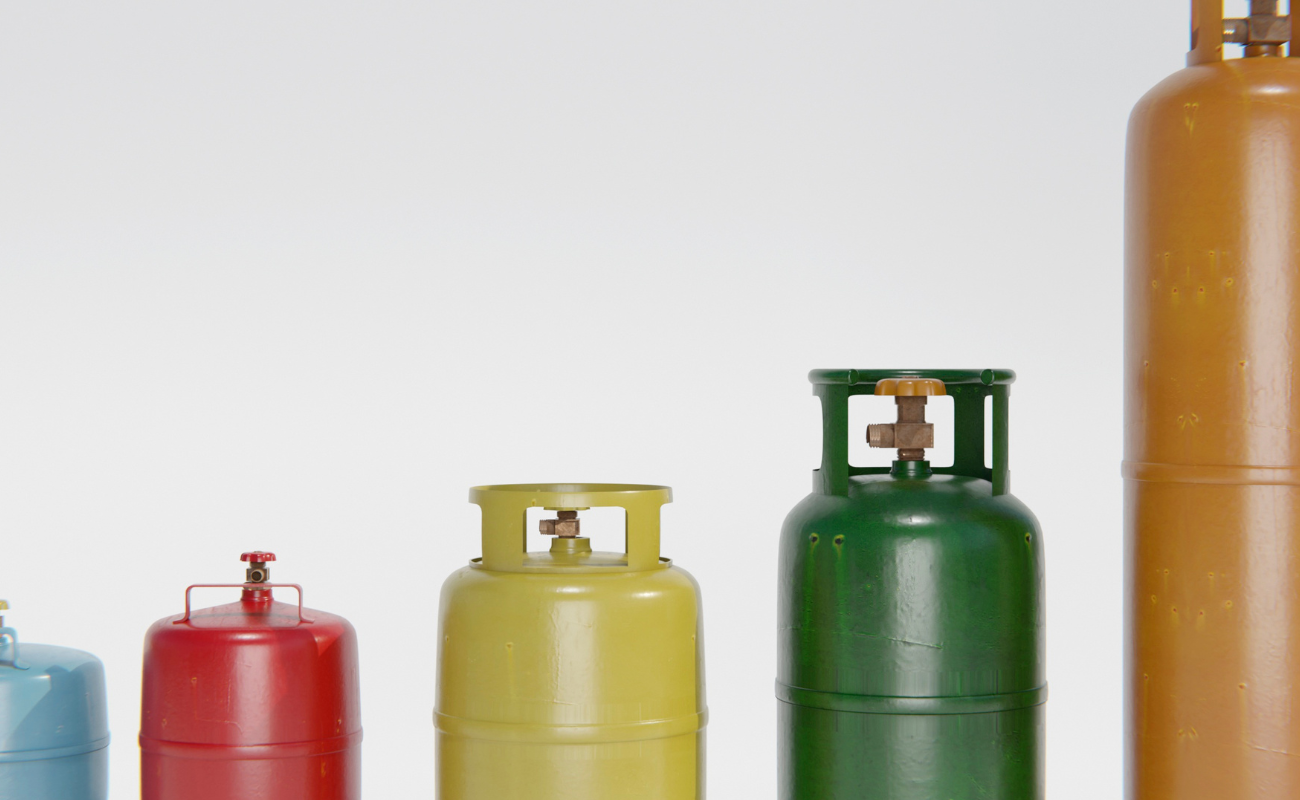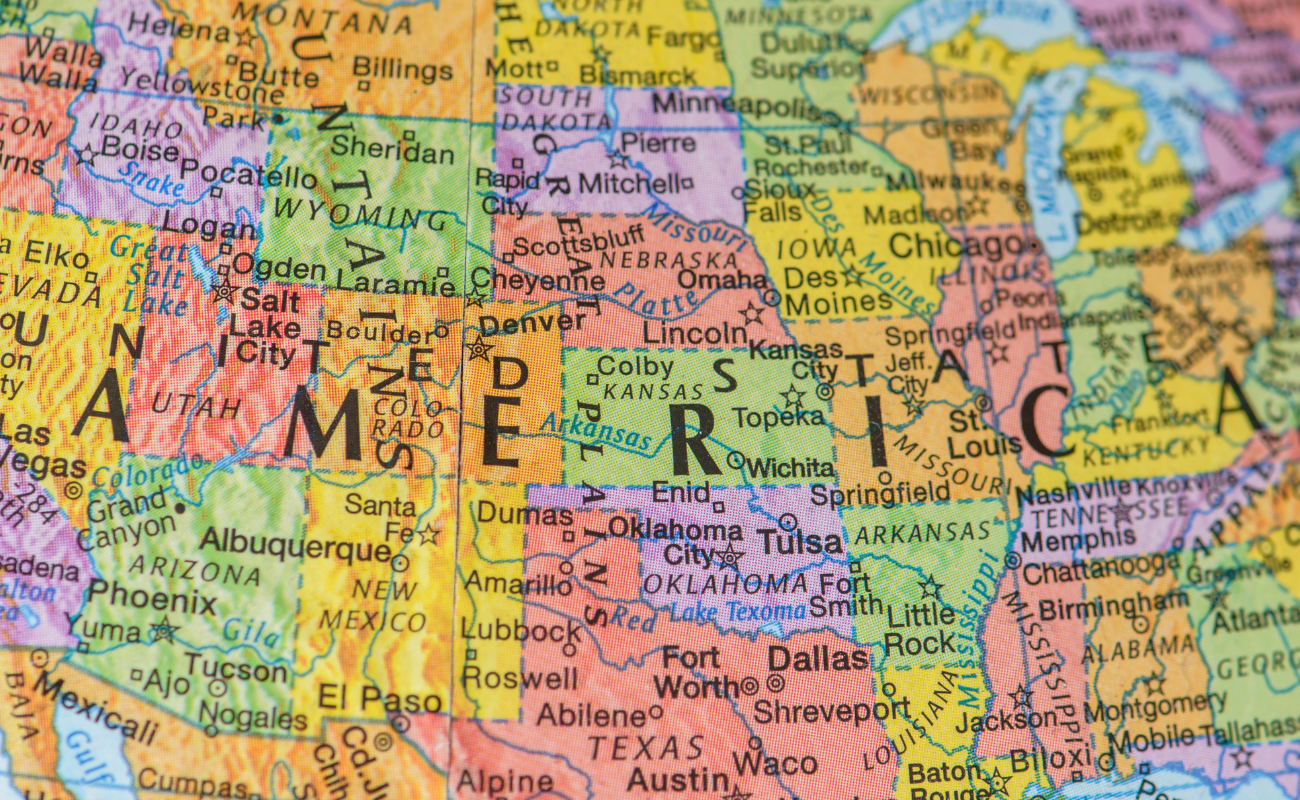How Do I Know if My Current Chiller Is Compliant with New Refrigerant Regulations?
In manufacturing facilities, data centres, laboratories and other operations, process cooling is vital for maintaining product quality and consistent operations. However, the refrigerants used in recirculating chillers are subject to regulations that have been changing at a rapid place. The purpose of this article is twofold:
- To help you to figure out whether your current chiller meets the newest regulatory requirements and, if it does not, what steps might be necessary to achieve compliance.
- To explain why these regulatory changes are happening and why its crucial that they do, touching on both the environmental and operational impact.
Why Refrigerant Regulations Are Changing
Ozone Layer Protection:
Historically, certain refrigerants such as chlorofluorocarbons (CFCs) and hydrochlorofluorocarbons (HCFCs) were phased out because of their ozone-depleting characteristics. These initiatives trace back to the Montreal Protocol, an international treaty designed to protect the ozone layer.
Climate Change Mitigation:
Popular refrigerants that replaced CFCs and HCFCs, called hydrofluorocarbons (HFCs), have high global warming potentials (GWPs). Governments worldwide are introducing or tightening regulations to reduce or eliminate the use of high-GWP refrigerants to mitigate climate change impacts.
Advancements in Refrigerant Technology:
As environmental policies grow, so does the push for lower-GWP refrigerants. Innovations like hydrofluoroolefins (HFOs) and natural refrigerants (e.g., ammonia, CO₂) are increasingly favoured because they are less harmful to the environment while still delivering effective cooling performance.
Why It’s Important These Changes Are Happening
Environmental Responsibility:
By limiting or eliminating substances that damage the ozone layer or substantially contribute to global warming, these regulations help to protect the planet for future generations. Organisations that adapt demonstrate responsible citizenship and align with global sustainability goals.
Regulatory and Liability Risks:
Non-compliance can lead to fines, legal action, or operational restrictions. Staying on top of refrigerant rules ensures uninterrupted production and protects your business reputation.
Long-Term Operational Stability:
As the market shifts toward greener solutions, businesses that proactively align with new standards avoid abrupt changes later on. Complying early can also yield competitive advantages, such as reduced operating costs and enhanced brand image.
Determining if Your Chiller is Compliant
With refrigerant regulations evolving across both the EU and the United States, it’s more important than ever to ensure your chiller remains compliant. Whether you’re operating in a lab, industrial facility, or manufacturing site, using a non-compliant refrigerant – or failing to maintain proper documentation – can lead to costly consequences. This guide breaks down the key steps to help you evaluate your system’s compliance, starting with identifying your refrigerant, understanding regional rules, and checking whether upcoming phaseout deadlines apply to your equipment.
Evaluate Your Chiller's Condition
Regular maintenance is essential, especially with older equipment. Leaks or improper handling – even of refrigerants still permitted under the phasedown – can violate environmental regulations. Scheduling routine inspections ensures that your chiller meets leak-rate requirements, prevents efficiency losses, and maintains consistent process cooling.
Keep Accurate Records
Document all refrigerant purchases, removals, and maintenance activities. Regulations often require proof of proper handling and servicing. Good record-keeping can help to identify unusual losses or inefficiencies and protect your facility in case of regulatory reviews.
Next Steps
If you discover that your chiller relies on a refrigerant likely to be restricted or heavily regulated in the near future, now is the time to explore your options. By planning ahead, you can ensure continuous operation, avoid last-minute expenses, and potentially benefit from improved efficiency and reduced environmental impact.
Process cooling is crucial for maintaining operational stability in facilities from manufacturing floors to data centres. However, the ongoing phasedown of certain refrigerants – particularly high-GWP HFCs – means that what may be compliant today could face new restrictions tomorrow. Identifying your chiller’s refrigerant, understanding local regulations, and staying on top of deadlines are they keys to ensuring both compliance and peace of mind. By embracing these changes, you not only safeguard your operations against potential fines or downtime but also contribute to global efforts in protecting the ozone layer and mitigating climate change.



